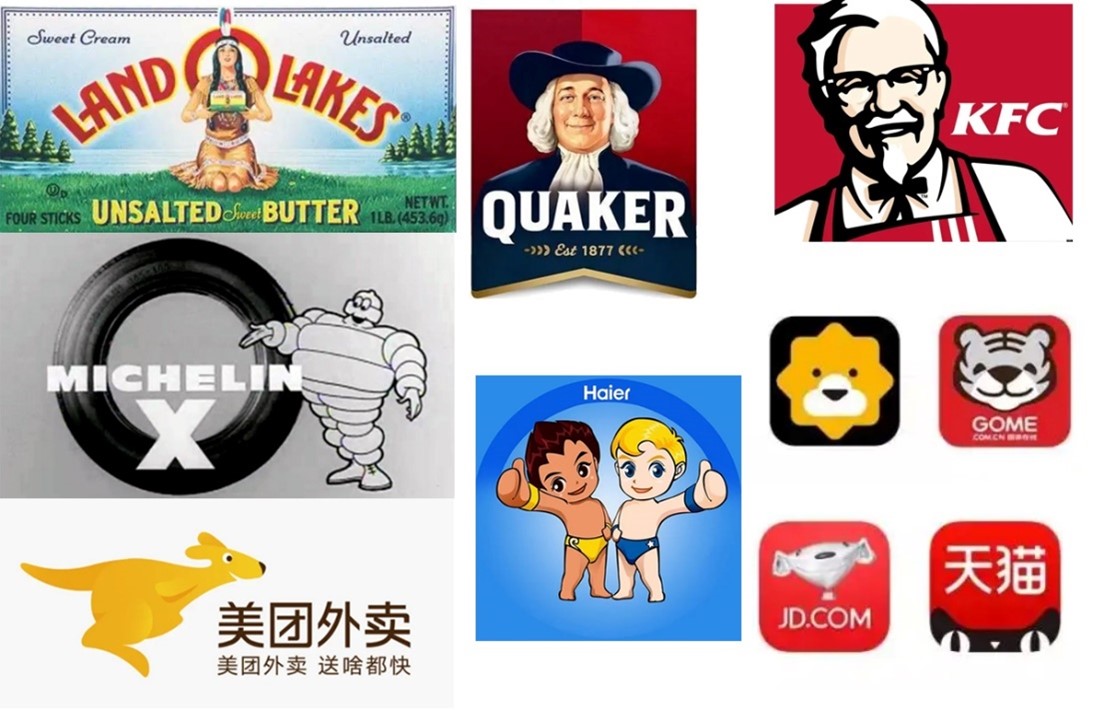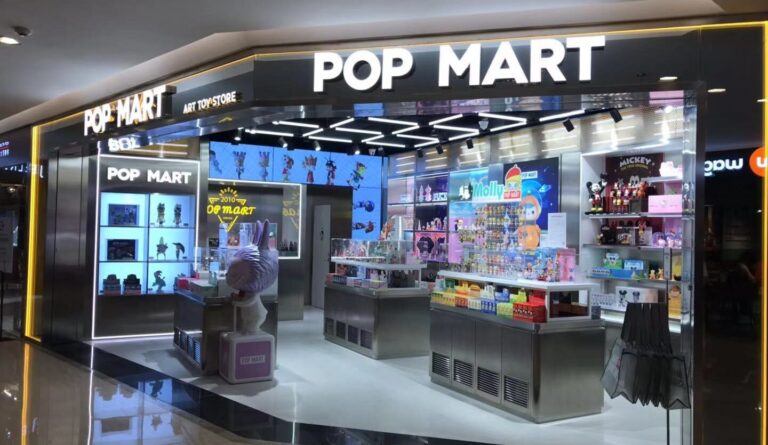In the bustling digital age, mascots in China have emerged as powerful cultural symbols, transcending mere marketing tools to become pervasive influencers in shaping both screens and hearts. From the quirky expressions of Loopy to the enduring appeal of the QQ penguin, these iconic figures not only captivate audiences but also serve as conduits of emotional resonance and communal identity.
Why mascots are so popular in China?
Localization and cultural adaptation
One reason for the popularity of mascots in China is their ability to bridge cultural gaps and communicate complex ideas in a visually appealing and easily digestible manner. For instance, KFC’s Colonel Sanders mascot has been localized to resonate with Chinese consumers by appearing in various outfits and settings that reflect Chinese culture, further strengthening the brand’s connection with its target audience.
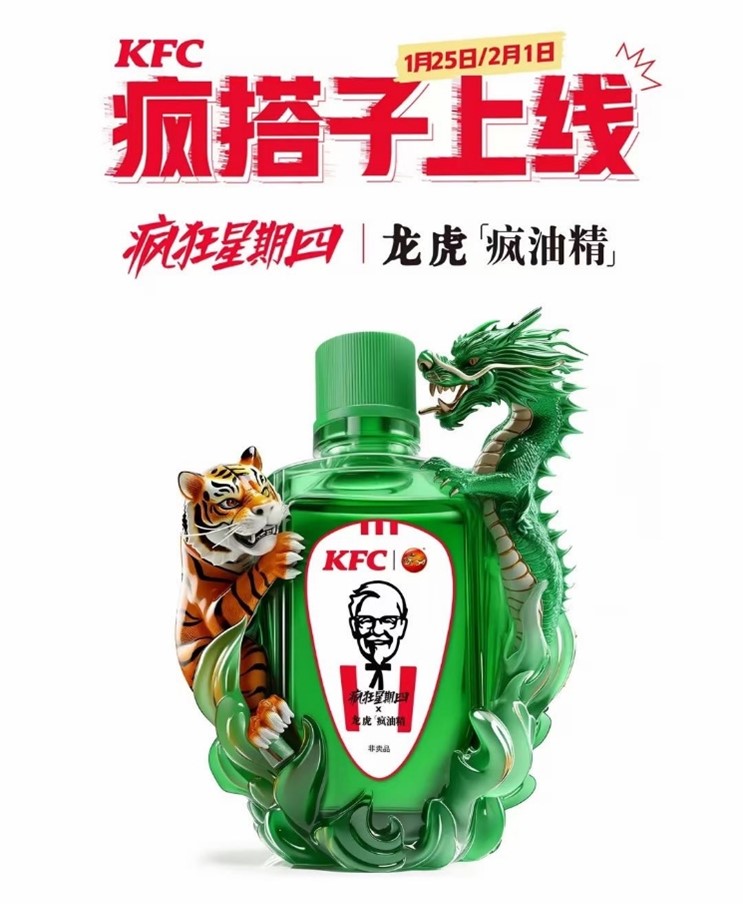
Source: Woshipm, KFC collaborated with the dragon tiger essential balm(龙虎风油精) during the Chinese New Year of the Dragon in 2024
Branding and merchandising
Furthermore, mascots serve as powerful tools for branding and merchandising. Iconic characters such as Tencent’s QQ penguin and Alibaba’s Tmall cat have achieved widespread recognition and popularity, leading to extensive product lines and collaborations. These mascots not only enhance brand visibility but also create additional revenue streams through the sale of merchandise.
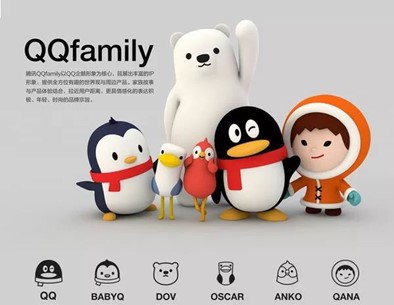
Source: Sohu, the QQ Family IP toys, derived from the QQ penguin, have been officially launched for sale across various online and offline channels
Facilitating social connections and relationships
Moreover, in a society like China, where social connections and relationships hold significant importance, mascots often serve as cultural symbols that foster a sense of community and belonging. For example, during the annual Spring Festival Gala hosted by China Central Television (CCTV), the various zodiac animal mascots represent different regions and cultural traditions, bringing people together in celebration.
-800x450.jpg)
Source: CCTV, 2024 CCTV Spring Festival Gala mascot Long Chenchen(龙辰辰)
Mascots in China drove excitement and unity in Olympic events
Olympic mascots played a pivotal role in igniting fervour surrounding the Games. Notably, the Beijing Olympics of 2008 and the Winter Olympics of 2022 in Beijing employed mascots to captivate global attention.
The 2008 Olympics introduced the Fuwa (福娃, meaning good luck dolls), a quintet of adorable characters embodying the five elements of nature and aimed to promote friendship and peace among nations during Olympic games.

Source: Olympics.com, the mascots of the 2008 Beijing Olympic Games in five Olympic rings — Fuwa
Similarly, for the 2022 Winter Olympics, Bing Dwen Dwen (冰墩墩), a jubilant panda adorned in winter sports attire, ascended to the pinnacle of popularity. The fervour surrounding Bing Dwen Dwen was obvious, with related merchandise sales reaching impressive figures of RMB 2.094 million and RMB 2.897 million in January and February in 2022, respectively.
The designer of Bing Dwen Dwen emphasized the importance of Guochao design, stressing the need for vibrant and dynamic depictions across various platforms. For instance, the event hashtag # Bing Dwen Dwen is stuck in the gate (冰墩墩被大门卡住了) garnered over 110 million views on Weibo, and the overall hashtag# Bing Dwen Dwen (冰墩墩) gaining a staggering 6.04 billion views as of March 19, 2024. This underscores the pivotal role mascots play not only in event branding but also in fostering emotional connections and engagement with audiences on a profound level during Olympic adventures.
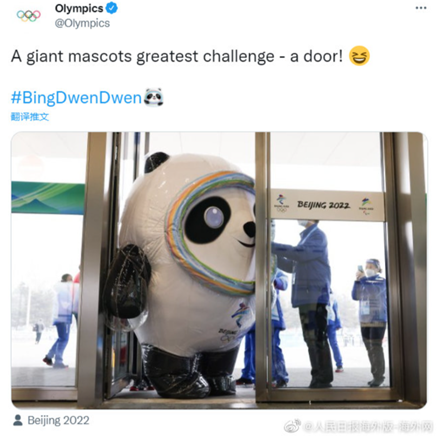
Source: Weibo, Bing Dwen Dwen got stuck in the door, sparking numerous jests and jokes among media and Chinese people
How do brands use mascots for marketing and branding?
JD.com’s robotic dog takes on a persona of its own
In China’s e-commerce realm, one mascot has captured the hearts and imaginations of consumers far and wide. JD.com’s robotic dog mascot, Joy, underwent a significant transformation following the redesign of the JD.com logo in July 2021. Joy has been anthropomorphized, depicted as walking upright on two legs with facial features and expressions imbued with distinct personality traits. JD.com aims to propel Joy beyond its platform confines, introducing it to a broader audience to boost brand likability.
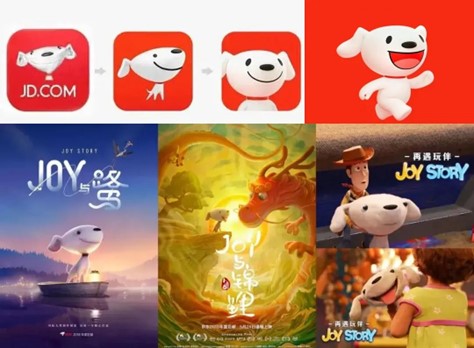
Source: Woshipm, the outlook of Joy has been increasingly anthropomorphized
Furthermore, Joy featured in short films such as “Joy and the Heron”(Joy与鹭) and “Joy and the Koi(Joy与锦鲤)”, as well as collaborations with renowned IPs like Toy Story, portraying Joy in its endearing pet form. Evolving into a more refined friend-companion-type IP, Joy will assume the guise of a humanoid white dog, narrating stories emblematic.
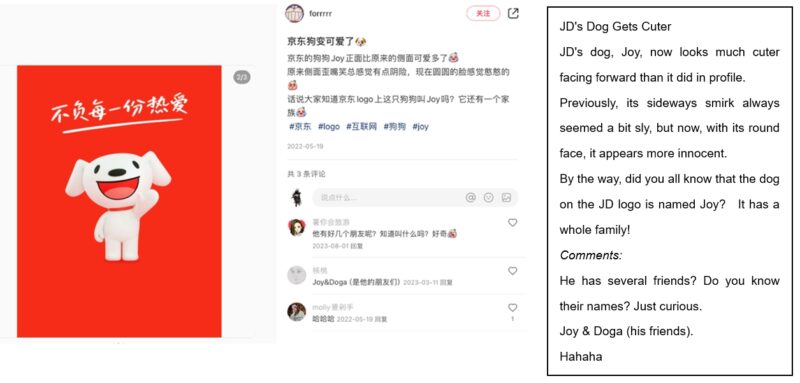
Source: Xiaohongshu, Chinese netizens praised the change of Joy
Missa Ice City masters engagement across channels
In the case of the new tea beverage brand, Missa Ice City (蜜雪冰城), its comprehensive marketing campaign demonstrates a strategic utilization of mascots across various platforms. Firstly, the brand selected two widely recognized symbols, the snowman and the Statue of Liberty, tapping into collective subconscious associations to foster a sense of identification.
Furthermore, the brand’s success is attributed to its systematic and pervasive dissemination of the mascot across various channels, ensuring consistent and repetitive exposure to reinforce brand association.
According to tencent research, platforms such as Xiaohongshu, Douyin, and Weibo are favored by young people for browsing coffee and tea-related content. Therefore, Missa Ice City has established brand accounts on these platforms, tailoring content to resonate with the habits and interests of young consumers. For instance, on Douyin, the main brand accounts boast millions of followers, with @Missa Ice City having over 3.70 million followers.
have-become-an-internet-buzzword-800x370.jpg)
Loopy: a mouthpiece and emotional outlet for China’s labourers
Loopy is a pink beaver cartoon character who has become a pop culture phenomenon on Chinese social media. While its adorable appearance initially captured attention, Loopy’s true resonance lies in its vast array of quirky and expressive emojis. Many of China’s labourers (打工人) find solace in using Loopy to convey their dual personas—appearing cute and composed outwardly while grappling with internal chaos induced by workload pressures.
Source: Youtube, China’s labourers(打工人) find solace in using Loopy to convey their dual personas
A significant aspect driving the widespread adoption of Loopy emojis is their ability to vividly articulate users’ emotions on social media platforms. For some labourers, Loopy embodies their feelings of suppressed grievances and unspoken frustrations. Whether venting frustration or engaging in self-deprecating humour, the emotional resonance and identification with Loopy have propelled the dissemination of its emojis, fostering increased familiarity with the character.
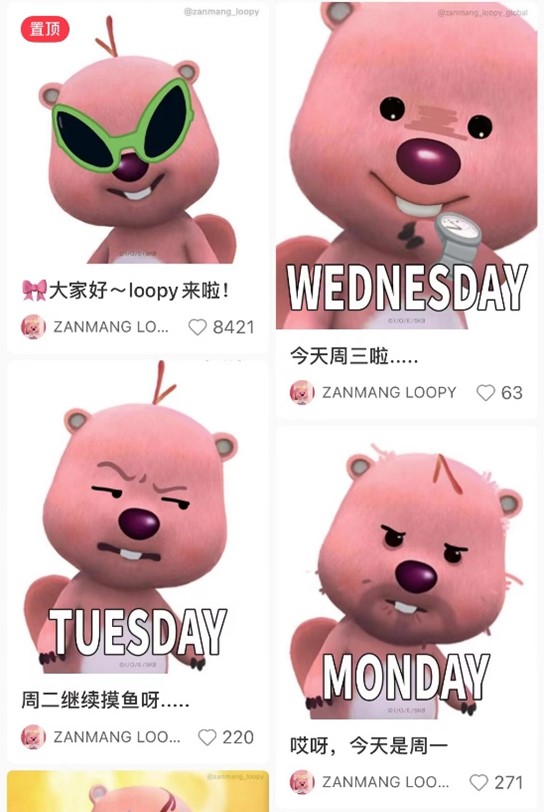
Source: Xiaohongshu, the official Loopy account on Xiaohongshu has posted numerous work-related emojis
Moreover, its collaboration with various brands cleverly capitalizes on this aspect. For instance, during Children’s Day, a tea brand LELECHA effectively targeted young professionals with Loopy, conveying a message like, “Why work? Come celebrate Children’s Day with us!” Accompanied by an image of Loopy looking weary in the office, this campaign resonated deeply with its audience, showcasing Loopy’s ability to capture and reflect users’ sentiments.

Source: Weibo, the image posted for the collaboration between LELECHA and Loopy depicts Loopy appearing fatigued in the office, mirroring the exhaustion felt by countless Chinese laborers
Loopy’s skyrocketing popularity can be seen as a story for the working class, co-created by internet users themselves. As Tencent research indicates, 58% of people choose toys for emotional solace, while the rest seek enjoyment from nurturing experiences. Loopy embodies both aspects. Beginning with its playful emojis and staying true to its emotional projection, Loopy has been embraced by Chinese young people, especially Gen Z. Consequently, in the latter half of 2023, Loopy has emerged as a top-tier collaborator. On Xiaohongshu, Loopy has garnered over 700 thousand posts as of March 11, 2024.
What do you need to know about mascots in China?
- Mascots in China are immensely popular due to their ability to bridge cultural gaps, enhance branding and merchandising efforts, and foster social connections and relationships.
- Mascots in China, particularly those associated with Olympic events like the Fuwa in 2008 and Bing Dwen Dwen in the 2022 Winter Olympics, have served as catalysts for excitement and unity, illustrating their significant impact on event branding.
- Brands strategically utilize mascots for marketing purposes, exemplified by JD.com’s robotic dog mascot, Joy, whose anthropomorphization and integration aim to enhance brand likability.
- Missa Ice City’s triumph is rooted in the power of repetition akin to viral sensations, meticulously disseminated across multiple platforms. This approach ensures widespread exposure, fostering a sense of familiarity among consumers.
- Loopy, the pink beaver cartoon character, has become an emotional outlet for China’s laborers, resonating deeply with users through its expressive emojis, which vividly articulate suppressed grievances and frustrations induced by workload pressures.
We can guide you in harnessing the power of mascots in the Chinese market
At Daxue Consulting, we leverage our profound comprehension of the Chinese culture to deliver comprehensive branding, market research, and consulting solutions tailored to the distinctive needs of engaging with mascots in China.
Whether you’re looking to integrate mascots into your branding strategy, develop merchandise, or launch engaging campaigns, we have the expertise and resources to make it happen. Contact us today to kick-start or audit your mascot-related project and unlock new opportunities in the dynamic Chinese market.



